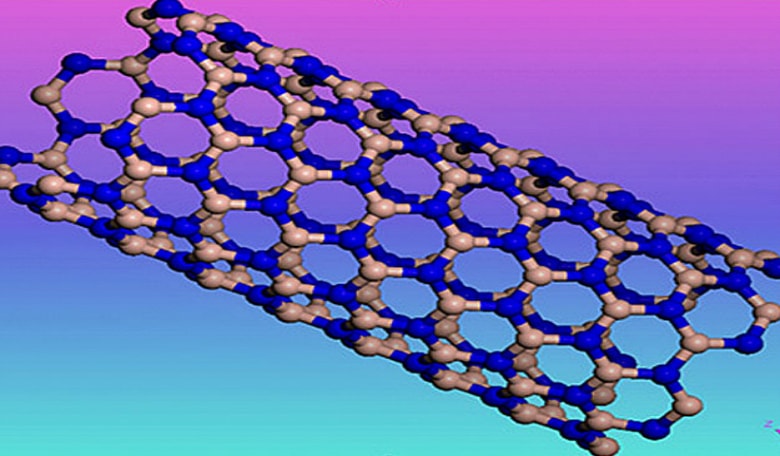NASA Inventions and Contributions Board (ICB) has announced the winners of 2016 Invention of the Year Competition.
The NASA Government Invention of the Year Award was awarded to the invention “Boron Nitride Nanotubes,” at Langley Research Center.
The invention introduced a novel approach to synthesizing high quality boron nitride nanotubes (BNNTs) without any metal catalyst using a high pressure, temperature method, which produces highly crystalline, very long, thin BNNTs. A series of BNNT science and technology projects related to this invention have been funded for fundamental studies of BNNT synthesis and applications within NASA and from other government agencies. This is the first breakthrough discovery to produce high quality BNNTs without any catalyst at a scalable amount since the first BNNT synthesis was reported back in 1994 and has stimulated worldwide reinvestment in BNNT research, development and production from academia, government labs and private sectors. The BNNTs produced from this process are lightweight, stable, and exhibit high strength. This heat resistant material can be used at high service temperatures and for radiation shielding.
This technology was developed in collaboration by NASA Langley in Hampton, Virginia; the Department of Energy's Jefferson Lab in Newport News, Virginia, and the National Institute of Aerospace in Hampton, with additional support from Department of Energy, the Office of Naval Research and the Commonwealth of Virginia.
A runner-up Government Invention of the Year award was given to NASA Langley for its “Solid Freeform Fabrication Apparatus and Methods; Closed Loop Process Control for Electron Beam Freeform Fabrication and Deposition Process; Use of Beam Deflection to Control Electron Beam Wire Deposition Process.”
The 2016 Commercial Invention of the Year Award was awarded to the invention “Hydrogen Sensing Pigments in Manufactured Polymer Composites (a.k.a. Hydrogen Leak Detection Tape)”, from the Kennedy Space Center. The invention is a chemochromic sensor for detecting a combustible gas, such as hydrogen. This technology is licensed to HySense Technology LLC, which sells a product, Intellipigment™ tape, for detecting hydrogen gas leaks. This tape is a low cost detection means that has broad commercial application for use in the aerospace industry plus oil and gas production, chemical production and power generation industries which together produce and consume a reported 57 million tons of hydrogen gas annually.
The annual award program recognizes inventions that have significantly contributed to NASA programs, or that exemplify the agency’s mission to transfer cutting edge technology to U.S. Industry. Only inventions of NASA employees that hold US patents and have actually been used in practice and present a significant benefit to a NASA mission are eligible for the awards.











